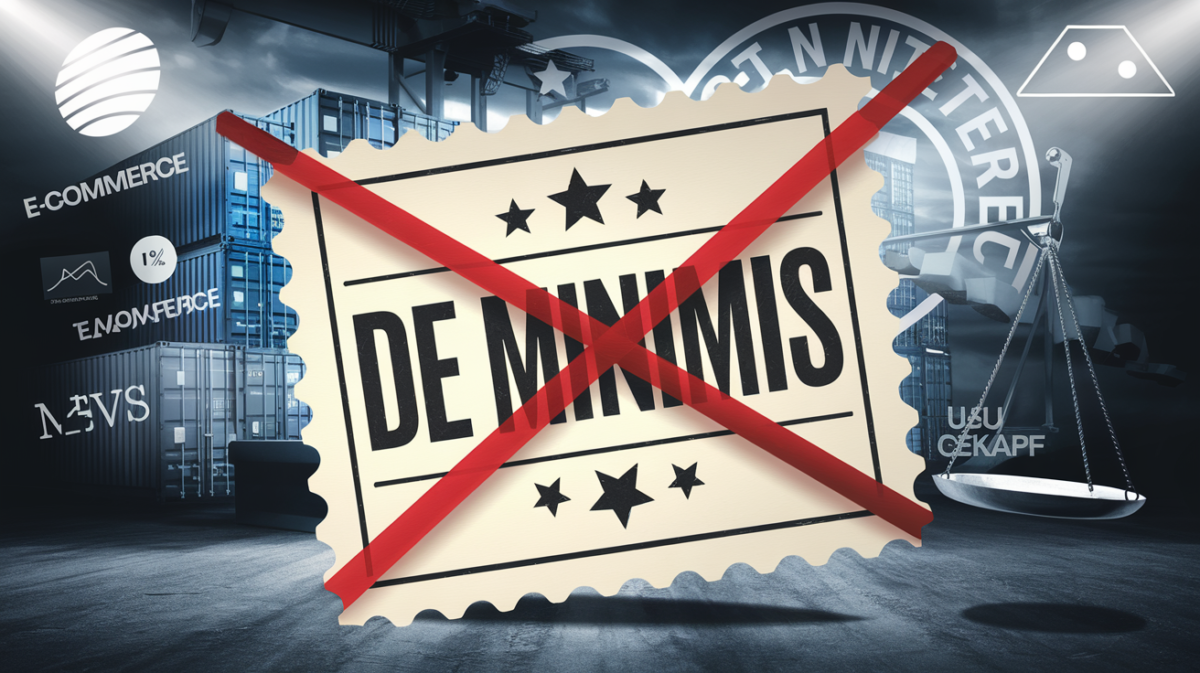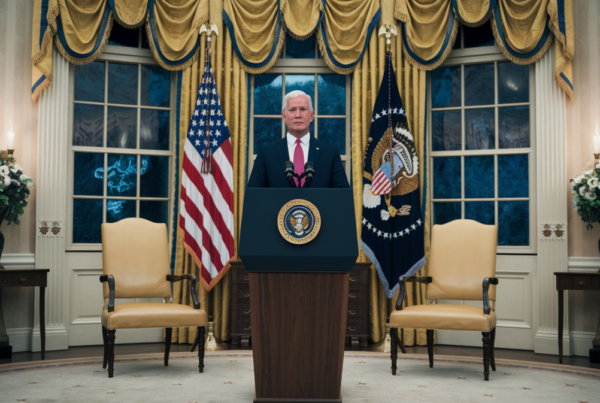On July 30, 2025, President Donald Trump signed an executive order that will significantly alter the landscape of international trade for small-value shipments entering the United States. The order eliminates the long-standing “de minimis” tariff exemption for packages valued at $800 or less, effective August 29, 2025. This policy shift is poised to impact e-commerce platforms, consumers, and domestic businesses alike.
Understanding the De Minimis Exemption
The de minimis exemption was introduced to simplify customs procedures for low-value shipments, allowing them to enter the U.S. without incurring tariffs or undergoing formal customs clearance. Originally intended for personal imports, the exemption was later extended to commercial shipments, leading to a surge in low-cost e-commerce imports—particularly from China and Hong Kong.
Over the past decade, the volume of shipments under this exemption skyrocketed from 134 million to over 1.36 billion annually. Critics argue that this loophole has been exploited by foreign retailers to flood the U.S. market with undervalued goods, undermining domestic manufacturers.
How the Policy Change Affects E-Commerce
The removal of the de minimis exemption will have profound implications for online retailers, especially those specializing in budget-friendly goods. Platforms like Shein and Temu, which have thrived by offering low-cost products shipped directly to U.S. consumers, may now face higher operational costs. Here’s what to expect:
- Higher Prices: Retailers may pass on the additional tariff costs to consumers, leading to price hikes for imported goods.
- Supply Chain Adjustments: Companies might need to rethink their logistics strategies to mitigate delays and additional fees.
- Competitive Shifts: Smaller e-commerce players could struggle to absorb the new costs, potentially consolidating the market.
Consumer Impact: What You Need to Know
For everyday shoppers, the end of the de minimis exemption could mean:
- Increased Costs: Items purchased from international sellers may become more expensive.
- Shipping Delays: With more packages requiring customs clearance, processing times could lengthen.
- Fewer Bargains: The era of ultra-cheap imports might be coming to an end.
Political and Economic Context
The Trump administration has framed this move as part of a broader effort to tighten trade regulations and protect American industries. Lawmakers supporting the policy argue that it will level the playing field for domestic businesses by curbing the influx of undervalued foreign goods.
However, critics warn that the change could strain global trade relations and disrupt the e-commerce ecosystem, which has grown reliant on the exemption.
Public Reactions: A Divided Response
The policy shift has sparked heated debates across social media and online forums. Here’s a snapshot of the public sentiment:
| Viewpoint | Arguments |
|---|---|
| Supporters | Believe the move will protect U.S. jobs and businesses from unfair competition. |
| Critics | Worry about higher prices and reduced access to affordable goods. |
Looking Ahead: Adapting to the New Trade Landscape
As the August 29 deadline approaches, businesses and consumers alike must prepare for the changes. E-commerce platforms will need to reassess their pricing models, while shoppers may need to adjust their expectations for cost and delivery times.
This policy marks a pivotal moment in U.S. trade policy, reflecting a shift toward stricter regulations and a focus on domestic economic priorities. Whether it achieves its intended goals—or creates unintended consequences—remains to be seen.







